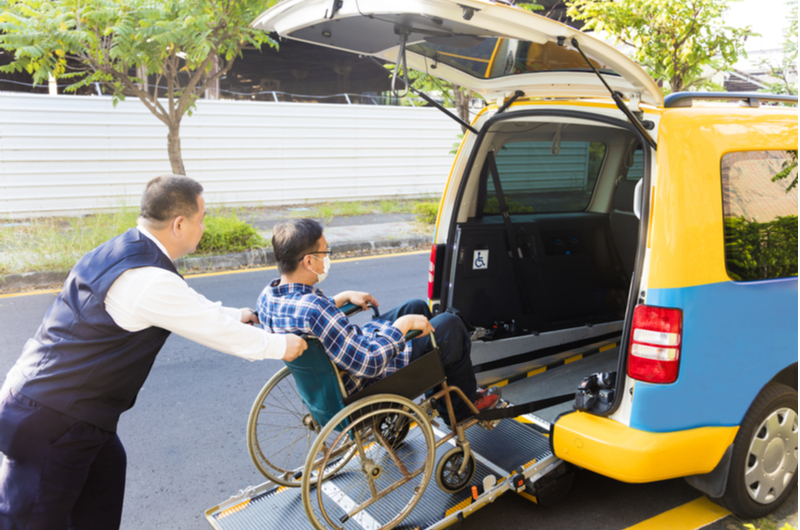Top Transportation Services For Seniors
One of the hardest decisions seniors must make is deciding when it is no longer safe to travel alone. Many seniors have a difficult time driving, either due to slower response times or their vision declining. Additionally, as you get older, it may be harder to sit in a car seat for long periods without experiencing agitation. Many seniors are reluctant to quit driving because they do not want to lose their independence, even if they are struggling on the road.
The best way to ease into giving up driving is to transition into using senior transportation services. There are multiple transportation options available for seniors. Some programs are designed specifically for senior citizens, while others are generic programs available no matter what your age. There are also special transport programs to assist with going to and from medical appointments.
Local Services
While there are many senior transport services to choose from, the types of service vary greatly depending on location. If you are unsure what transport options are available in your state, there are two resources you can use, both made specifically for seniors. The first service is Eldercare Locator. This service allows you to search for all senior services, including transportation, in your neighborhood. Another option is to use the Area Agencies on Aging in your county. This directory contains a detailed list of senior nonprofit groups in your area.
Public Transportation
Many seniors rely on public transportation if they are no longer able to drive. For some seniors, this is a good option, but it is largely dependent on where you live. Many senior homes partner with local transit services, setting up nearby bus stops or even partnering with taxi groups in the area, making public transport much more reliable. If you live in a more rural area, you may have limited public transportation options.
In most locations, you receive a discount whenever you use public transportation as a senior. In some cases, this discount is applied automatically, while other times you may need to apply for a bus or rail pass.
While public transportation may seem like the easiest option, there are some downsides for seniors. The first is you must work around transit schedules. This can make it difficult to schedule appointments, especially for seniors who frequently leave the house. Some transit stations also have many stairs or limited mobility access, which can prove challenging for seniors.
If you have never used public transportation before, you can sign up for senior travel training. This is a service offered by public transportation systems, often taught by members of nonprofit aging organizations in the area. These classes teach seniors everything they need to know about using public transit, such as figuring out schedules, calculating costs, looking up routes and applying for discounts. You also have the option of working with a mentor until you feel comfortable enough to travel alone. Both the classes and mentor services are offered free of charge.
Uber and Lyft
Uber and Lyft are two of the most popular on-demand ride service programs, available in nearly every location. Uber and Lyft are considered modern day taxi services. The biggest advantage compared to general public transportation is the car shows up right at your home. The costs vary depending on location and how far you need to go, but the rates are often lower than taxi companies in the area. Another benefit is a friend or family member can request a vehicle on your behalf, so even if you are not comfortable using apps on your phone, you are still able to benefit from Uber or Lyft.
Veyo and NEMT
Veyo is a specialized transportation service. Veyo partners with insurance companies and medical facilities in the area to provide non-emergency transport for seniors. The best part of Veyo is the costs are covered by most health insurance plans. Veyo drivers are also trained to assist seniors with wheelchairs. Unlike other senior transportation services, you cannot arrange for Veyo to pick you up. Instead, your doctor sets up the ride on your behalf. A similar service, NEMT is available to Medicaid beneficiaries who are unable to drive on their own.
Paratransit Services for Seniors
Under the Americans with Disabilities Act, all states are required to provide public transit services for seniors. Paratransit services are specialized versions of public transit. The main difference between paratransit and normal public services are the vehicles. Paratransit vehicles are larger vans, built to store wheelchairs and other medical equipment. There are also limitations on how much paratransit services cost.
There are two types of paratransit services available. The first is curbside services. This is similar to bus routes, where the vehicles travel along set locations, and you must wait at a station to get on or off. The second is door-to-door service. This service is offered to seniors with disabilities who have a difficult time traveling to a bus or rail station. If you need an assistant to travel with you, he or she can go with you for no additional cost.


